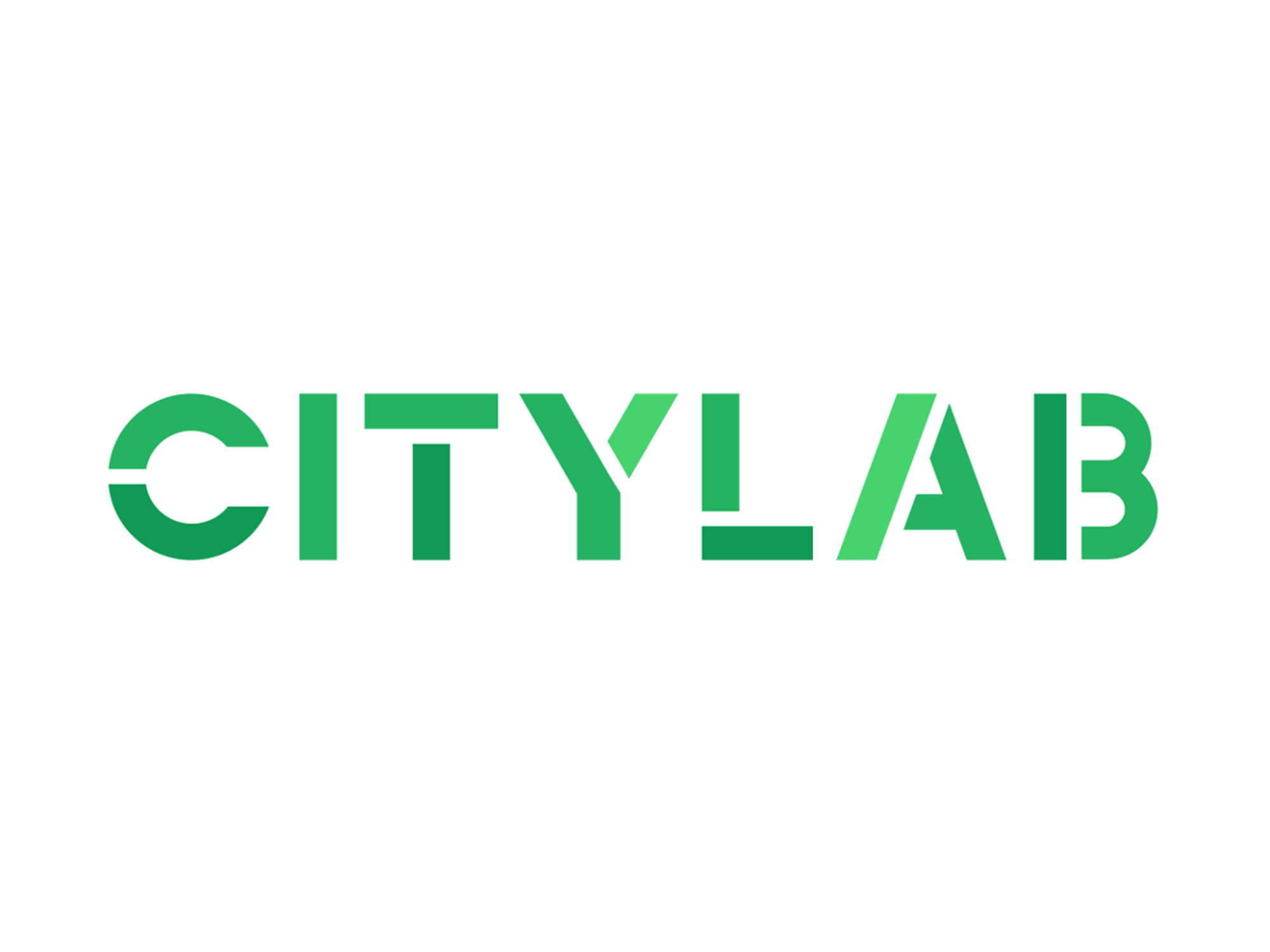When I was growing up in Irmo, South Carolina, in the early 2000s, I spent a lot of time taking long, aimless drives. Most often, I’d head across the dam into Lexington, then follow U.S. 1 past haciendas and taquerias and strips malls full of insurance companies and antique stores. I’d pass the chicken processing plant, the hardcore club, the new condos, and I’d speed across the bridge over Broad River and into downtown Columbia, finishing the 20-mile circuit, before looping back around and heading toward home.
The South found on that stretch of U.S. 1 displays both of the dominant macronarratives that Ferrel Guillory, a journalist and senior fellow at MDC, an economic development research organization, says define the South today. There are the Confederate flags and McMansions of a South understood, in Guillory’s words, as “a largely red territory governed by right-wing Republicans”—that is, the South seen in the resurgence of naked white supremacy in Charlottesville and elsewhere. But there are also the urban farms, high-end soul food, and other facets of “the good-life South, as it were, that particularly people with some affluence can enjoy in the region.”
These two views are supposed to be the two opposing visions of the South, one regressive and one progressive. But all along U.S. 1, you can see the in-between spaces.
Read the rest at CityLab.
